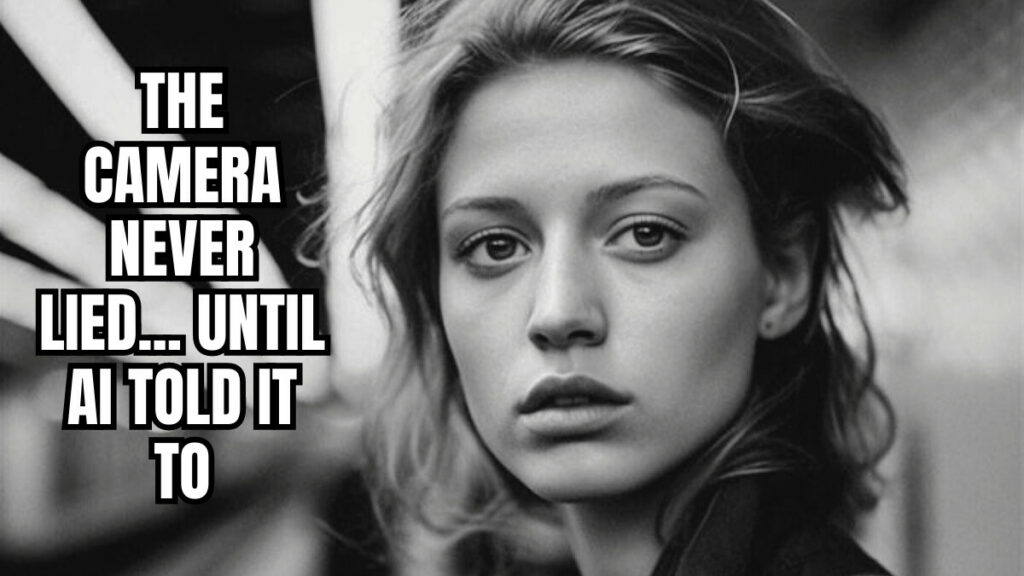
Ibreakphotos, an amateur photographer, conducted an experiment last month to test out the Samsung phone’s “space zoom” feature. This feature, released in 2020, boasts a 100x zoom rate and was marketed with clear images of the Moon. Ibreakphotos took his own pictures of the Moon and was amazed to see the phone add craters and other details to the blurry images. His experiment proved that the space zoom feature is capable of providing detailed photos of the Moon even when the original image is of low quality.
Samsung has recently come under fire for its artificial intelligence software which adds detail to pictures of the Moon taken with its phones. Critics have argued that this technology makes it difficult to determine whether the shots people take are really theirs or if they can be described as photographs. Samsung has defended the technology, stating that it does not “overlay” images and that users can switch off the function. This has sparked a debate about the implications of artificial intelligence on photography and the authenticity of images taken with phones.
AI-powered smartphone cameras are becoming increasingly popular, with Google’s Pixel devices and Apple’s iPhone leading the race since 2016. AI can do all the things photographers used to labor over, such as tweaking the lighting, blurring backgrounds, and sharpening eyes, without the user ever knowing. It can also transform backgrounds or wipe away people from the image entirely. Professional bodies are raising the alarm over the use of AI in photography, as it could potentially lead to the manipulation of images and the spread of misinformation.
AI is revolutionizing the photography industry, according to Michael Pritchard of the Royal Photographic Society of Britain. AI-powered cameras and software like Photoshop are blurring the boundaries between a photograph and a piece of artwork. AI technology can learn and bring new elements beyond those recorded by film or sensor, creating opportunities but also raising questions about what photography is and how “real” a photograph is. AI is changing the way we think about photography, and its implications are far-reaching.
Smartphone cameras are increasingly using AI to process images, but this can be confusing for casual photographers. Nick Dunmur of the Association of Photographers said professionals usually use “RAW” files to capture images with minimal processing. However, understanding the technical jargon around AI can be difficult. One Reddit user, Ibreakphotos, said he is OK with AI as long as it is clearly communicated what each processing pipeline does. AI can be helpful in improving image quality, but it is important to remember that the images are not “human-authored” and may not be as accurate as a professional photographer’s work.
Professional photographers are increasingly concerned about the rise of AI tools that generate completely new images. DALL-E 2, Midjourney, and Stable Diffusion are popular AI tools that can create images with just a short text prompt. However, these tools are not human-authored and often use unlicensed work from training datasets, leading to court cases in the US and Europe. Photographers are worried that these AI tools could replace their work and are calling for better regulation to protect their rights.
Pritchard argues that tools like Midjourney, which allow users to create stunning portraits with minimal effort, can disrupt the work of photographers, models, retouchers, and art directors. However, amateur photographer Jos Avery disagrees, noting that his Midjourney images often take many hours to create and that the lines between his work and the tool’s work are arbitrary. He believes that tools like Midjourney can be used to create beautiful images and should not be dismissed as a threat to the work of professionals.
AI-generated images are becoming increasingly common, leading to concerns that they may replace traditional photography. However, experts agree that this is unlikely to be the case. Photography has endured through many technological changes, and photographers will continue to bring a deeper understanding to images, even if they haven’t directly photographed them. AI-generated images may supplement traditional photography, but it is unlikely to replace it.